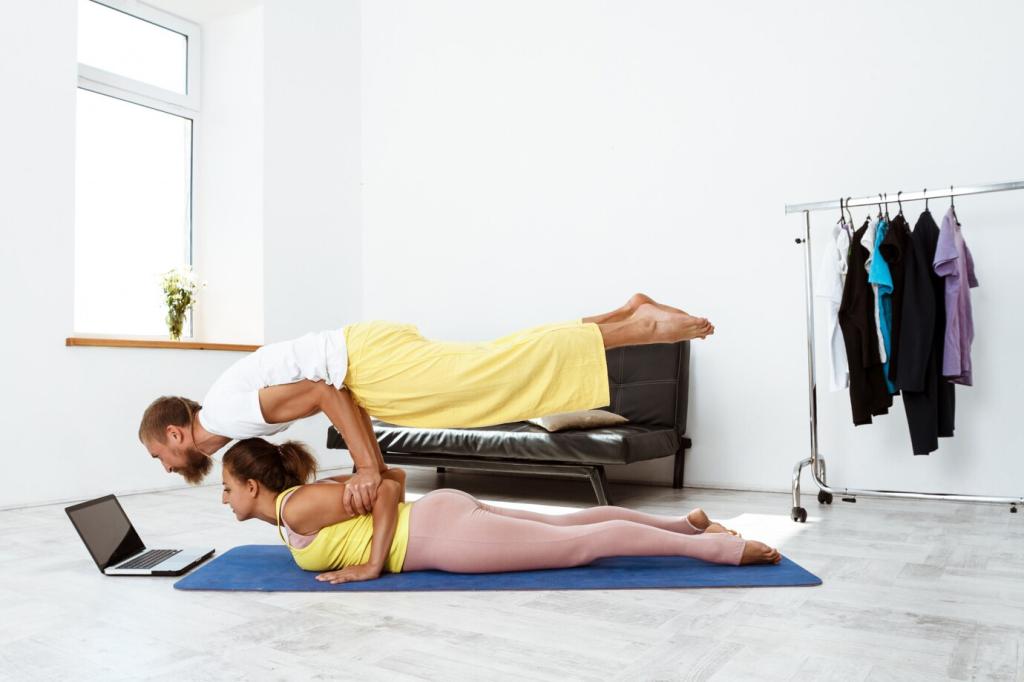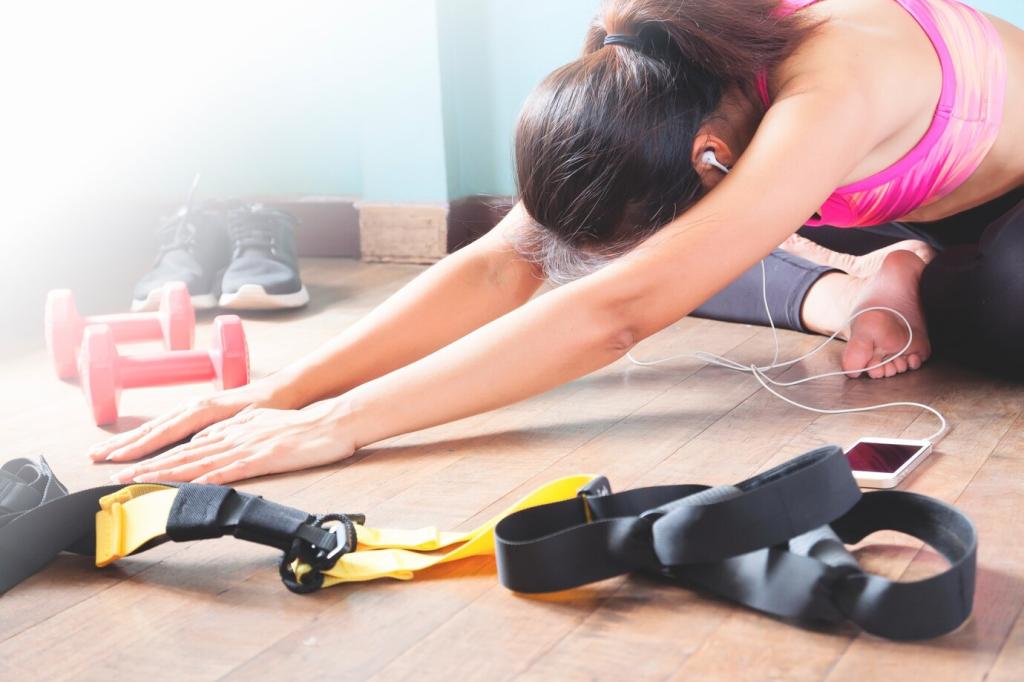Stronger at Every Stage: Fitness Tailored by Age
Chosen theme: Customizing Fitness Regimens for Different Age Groups. From childhood to late adulthood, we align training with physiology, life demands, and personal goals so progress feels safe, meaningful, and sustainable. Join our community—share your age group and goals to receive practical prompts, weekly inspiration, and age-smart training tips.




Protecting Growth While Building Strength
Bodyweight progressions, light implements, and impeccable technique teach mechanics without overloading vulnerable growth plates. Sessions stay short, fun, and frequent, with multi-directional drills and rest between hard efforts. Parents and coaches, share what motivates your young mover—we’ll send age-appropriate playlists and weekly micro-challenges.
Skill Before Load: Coordination Is the Superpower
Balance beams, crawl patterns, hopscotch ladders, and medicine-ball throws train proprioception, rhythm, and force control. Mastery of movement quality precedes heavier resistance. Consistency beats intensity. Encourage variety—sprint, jump, climb, roll—to develop robust, adaptable athletes. Comment with a favorite game, and we’ll tailor it into a workout circuit.
Motivation Through Play and Community
Team challenges, story-based workouts, and achievement badges transform training into shared adventure. A shy teen often blossoms when tracking streaks, not just scores. Gamified progress teaches effort, not perfection. Subscribe for printable challenges and share a victory from this week—no matter how small.

Progressive Overload, Planned Deloads
Advance compound lifts and conditioning systematically: small weekly load increases, alternating intensities, and deload weeks every 4–8 weeks. Track reps in reserve to avoid ego lifting. This approach accelerates progress while protecting tendons. Share your current split, and we’ll suggest a practical deload schedule.

Time-Crunched Training That Still Works
Micro-sessions—fifteen-minute EMOMs, sprint intervals, and kettlebell complexes—accumulate meaningful training when workdays stretch long. Pair a 30-minute strength block with a brief finisher and a walk. Consistency compounds. Comment your weekly time budget for a tailored, three-day plan you can actually keep.
40s–50s: Strength, Metabolism, and Resilience
Lift Heavy-Enough, Move Often
Two to three full-body strength sessions emphasize hinge, squat, push, pull, and carry patterns, targeting 6–10 rep ranges with crisp technique. Add low-impact zone 2 cardio and a weekly power sprinkle—safe jumps or sled pushes. Tell us your equipment access for a practical, home-friendly template.
Mobility and Tendon Care That Actually Sticks
Short daily mobility snacks—five minutes of hips, T-spine, and ankles—beat marathon stretch sessions. Eccentric calf raises and slow tempo lifts nourish tendons. Warm up with ramping sets and finish with light carries. Share your stiffest area; we’ll send a three-move protocol to test this week.
Smarter Stress, Better Results
High cortisol can disguise as plateau. Replace one HIIT bout with a long walk, add breathwork at cooldown, and keep at least one complete rest day. A reader did exactly this and finally hit pain-free depth in squats. Subscribe to get our recovery checklist.


60+ and Beyond: Strength, Balance, and Joyful Independence
Twice-weekly resistance sessions using machines, dumbbells, or bands maintain muscle and bone density. Sit-to-stand squats, assisted rows, and loaded carries translate directly to real-life tasks. One member started farmer carries at 72 and felt steadier after four weeks. Tell us your comfort level to receive gentle progressions.
60+ and Beyond: Strength, Balance, and Joyful Independence
Tandem stands, heel-to-toe walks, and step-ups improve stability. Light, quick movements—medicine-ball chest passes or fast sit-to-stands—train power without impact. Combine with daily walks for confidence outdoors. Comment where you feel wobbly—stairs, curbs, or turns—and we’ll tailor a mini balance routine.
Adjust, Recover, and Track Across Ages
Autoregulation: Let Effort Guide Load
Use a simple effort scale or reps-in-reserve to adjust sets on the fly. If sleep or stress runs high, cap intensity but keep the habit. When energy surges, take the win. Share how you track effort, and we’ll suggest an age-appropriate method.
Recovery Levers by Life Stage
Teens need food quality and enough sleep. Adults protect sleep duration and stress buffers. Later decades prioritize protein distribution, daily walking, and gentle mobility. Everyone benefits from sunlight and hydration. Comment your biggest recovery gap; we’ll send a checklist to close it this week.
Milestones, Health Checkpoints, and Course Corrections
Reassess every 6–8 weeks: strength numbers, balance holds, walking pace, or a favorite hike. Align results with medical checkups and any new medications. Adjust volume, not just willpower. Subscribe for our printable assessment sheet and tell us one milestone you want to hit next.
